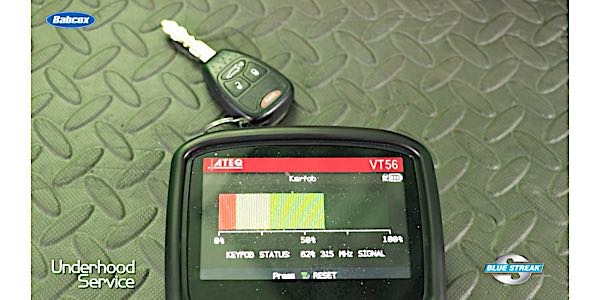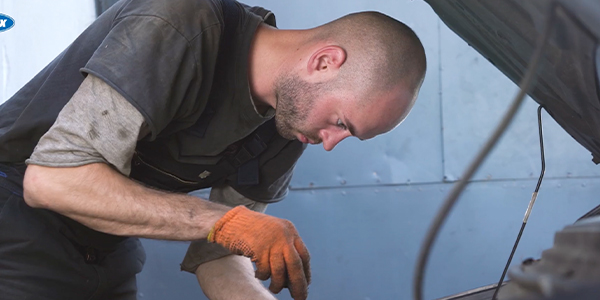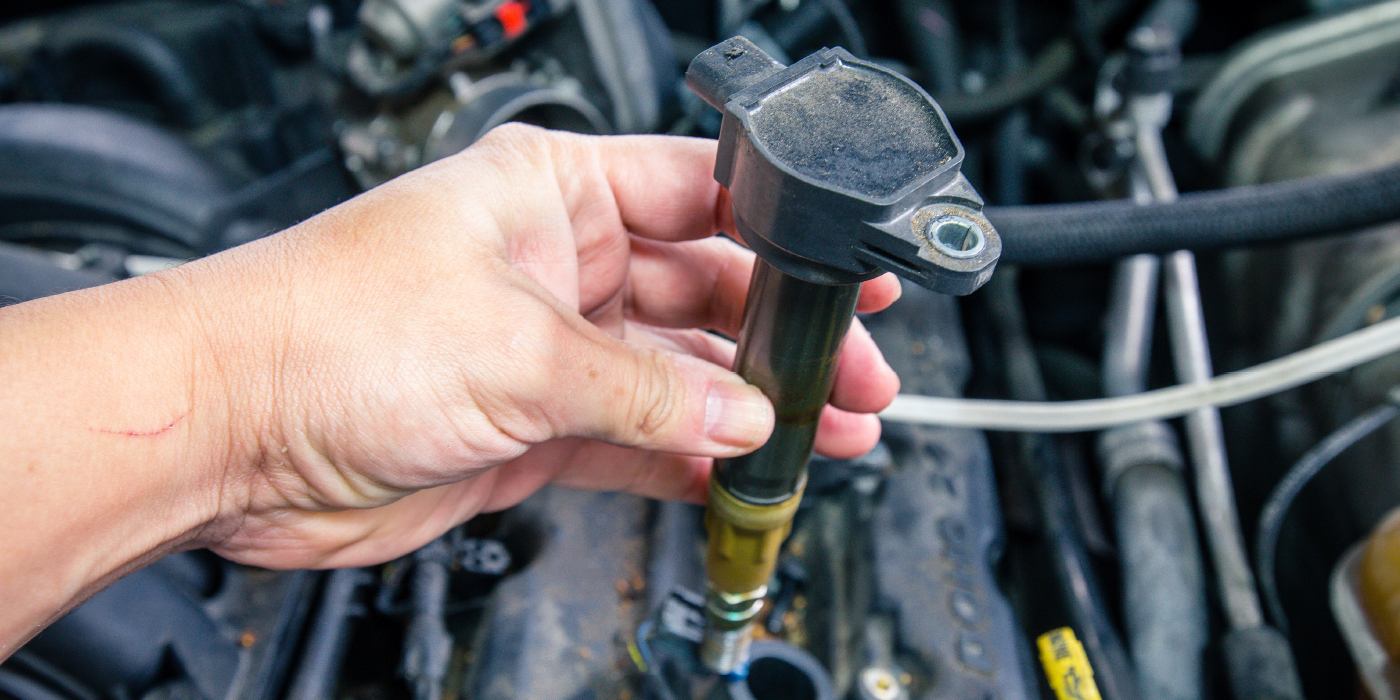More Sparks
More Duration
Leaner Running

You may have seen the stories about plasma or laser ignition systems that promise to give new life to the internal combustion engine. But while these ignition systems have yet to make it to market the latest ignition innovation still uses a coil and spark plug.
Nissan, BMW and Mercedes-Benz are selling cars with multiple spark engines. These engines are not multiple spark plug engines – they fire the same spark plug four to eight times during the combustion cycle.
Conventional ignition systems fire the spark plug once. While engineers have gotten better at the timing of the spark, they are still not entirely in control of how long the spark is sustained in the combustion chamber. The duration of the spark depends on the amount of energy in the secondary and the resistance between the two electrodes. This is where multiple sparks can help to complete the burn even under extremely lean conditions.
If you were looking at a secondary ignition waveform on a lab scope and you started to adjust the fuel mixture, you would begin to see changes. The most significant change would be to the “burn line” or the part of the waveform where the spark is occurring between the two electrodes. When the mixture becomes richer, the line will get longer. If the mixture became leaner, the line would get shorter.
Modern engines are running leaner so they can be more efficient. But the leaner the mixture, the shorter the burn time. This is due to the high electrical resistance of the air/fuel mixture. Also, with engines running higher compression ratios, it is even more challenging to keep the spark sustained when running lean.
This is the reason why engineers are firing the spark plug multiple times.
Homo and Hetero
No air and fuel mixture in a cylinder is perfect or, as engineers say, “homogeneous.” When the piston is heading downward during the intake stroke, the air can be turbulent. When the fuel injector opens, the droplets of fuel might clump together and are not a perfect vapor. When the piston starts to travel upwards, the mixture becomes even more unstable. This mixture is called “heterogenous” by engineers.
Modern engines are getting closer to perfect or homogeneous every year. New devices in the intake manifold, like variable intake runners and flaps near intake valve port, are making the air less turbulent and more predictable. Direct injection engines are increasing rail pressure, so the fuel droplets are smaller. But, the limiting factor has often been the ignition system.
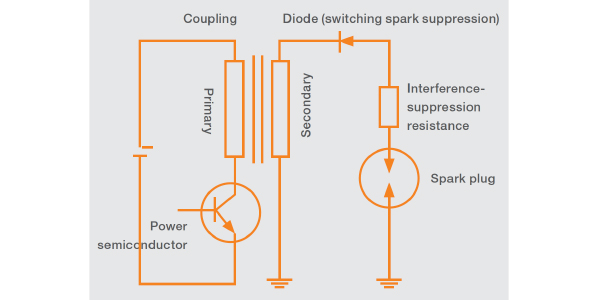
Smarter Coil Design
Ignition coils have greatly improved over the past 20 years. Small improvements have been made with the windings of the secondary and primary. But, the most significant advances have been made with the electronic components that control and monitor an ignition coil. The function of these circuits is turning the power on and off to the primary side of the ignition coil.
Better transistors and microprocessors have given greater control over the primary circuit. Some manufacturers call these bi-directional controllers. With better and faster computer processors, the spark between the electrodes happens at the right time.
Multiple spark systems use this same technology to recharge coils faster, so producing eight sparks within one millisecond is possible. The start of the ignition event still occurs before the cylinder reaches top-dead-center, but the multiple spark events extend the duration.
Some manufacturers claim a fuel savings of up to four percent with multi-spark ignition. The other advantage of multiple sparks is that there is less unburned fuel left in the cylinder for reduced emissions.
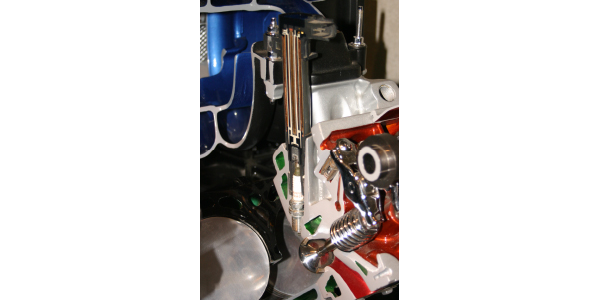
Diagnostics
The most significant change in diagnosing a multiple spark ignition system is the appearance of the waveform. The primary waveform will have multiple cycles during one ignition event. The secondary waveform will show multiple ignition events. The section between the initial spike and ringing of the coil might be shorter due to the lean fuel mixture. The number of sparks will vary depending on engine speed and load.
It is difficult to determine if a system is a multiple spark system on appearance alone. Most of the coils will have a four-wire connector. Most of these coils will communicate with the ECU and a scan tool more than a conventional coil. Some coils can measure the kV output of the secondary and share the information with the ECU. If it sees a large discrepancy in performance, it will set a code.









